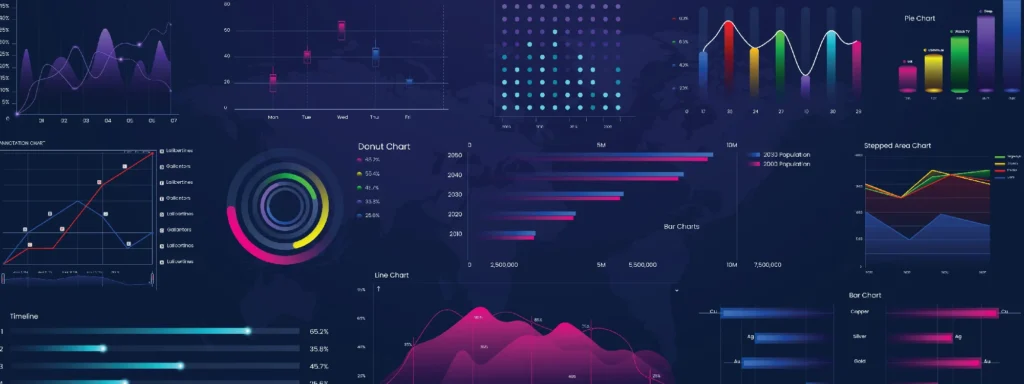How to Avoid Clutter in BI Dashboard Visualizations?

Business Intelligence (BI) Dashboards play an important role in helping organizations make sense of their data.
How does Data Ingestion Work for Big Data Usage?

Data ingestion is a crucial process in big data analytics, that involves gathering, processing, and transforming massive datasets from various sources into a format suitable for analysis.
One Inc ClaimsPay Integration

See how Xorbix implemented One Inc’s ClaimsPay integration to modernize insurance payments, cut costs, and enable secure, multi-channel disbursements.
Tech Challenges the Manufacturing Industry Will Face in 2024

As we approach 2024, the manufacturing sector is expected to see growth with an annual projected rate of 3.57% until 2028.
How does Databricks Real-Time Data Help Produce More Profits for Retail Businesses?

Real-time data in retail means having constant access to up-to-date information. Unlike traditional batch processing, real-time data allows for instant analysis and decision-making, leading to accurate business intelligence.
How to Use Multiple Types of Data in Retail using Databricks?

Databricks is a powerful platform that offers a practical solution for handling and analyzing various data types.
Databricks for Retail: Driving Innovation with Data

In the retail sector, challenges like demand planning and personalized customer experiences are common. That’s where Databricks comes into play.
Microsoft Azure for Big Data Analytics: A Complete Guide

Big data analysis is crucial for turning complex datasets into useful insights, forming the basis for data-driven decision-making.
Top Benefits of BI Dashboards with Streaming Data

Forget stale reports – today businesses demand insights delivered at the speed of thought. Power BI transcends the limitations of static reporting tools.
The Impact of Interactive Data Visualization in BI Dashboards

Organizations deal with extensive data encompassing sales revenue, marketing performance, customer interactions, inventory levels, production metrics, staffing, and costs.
